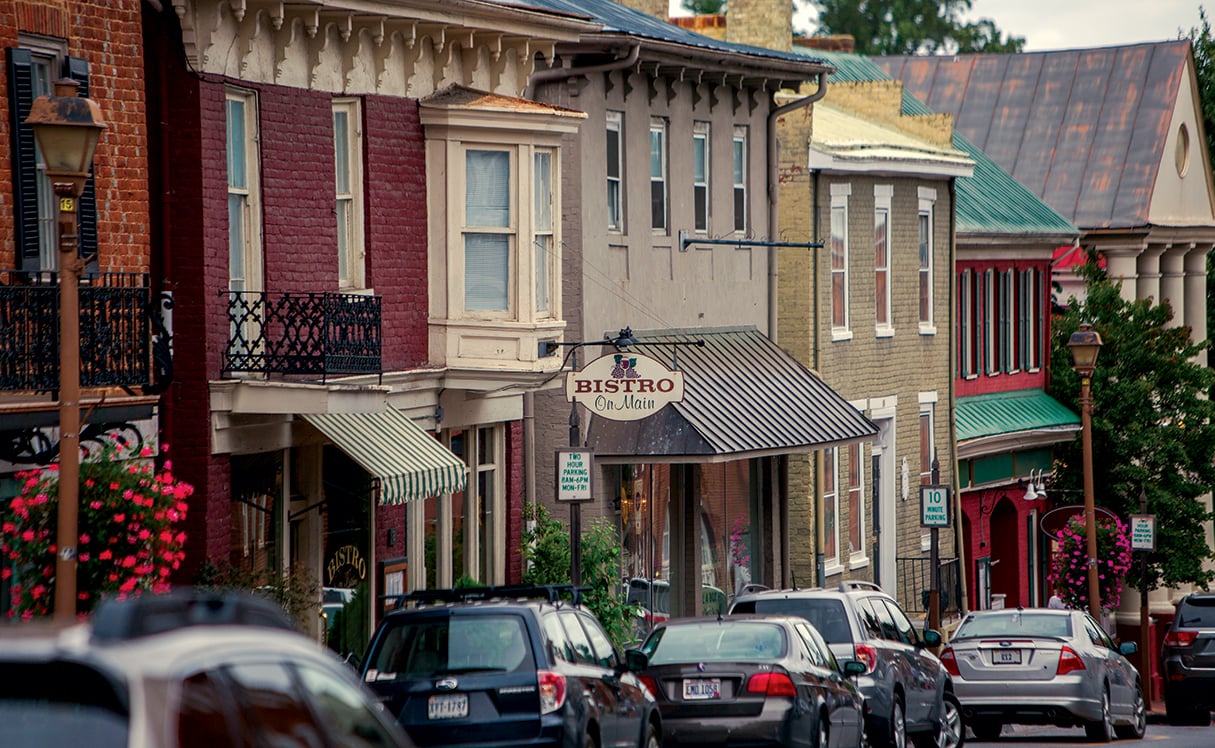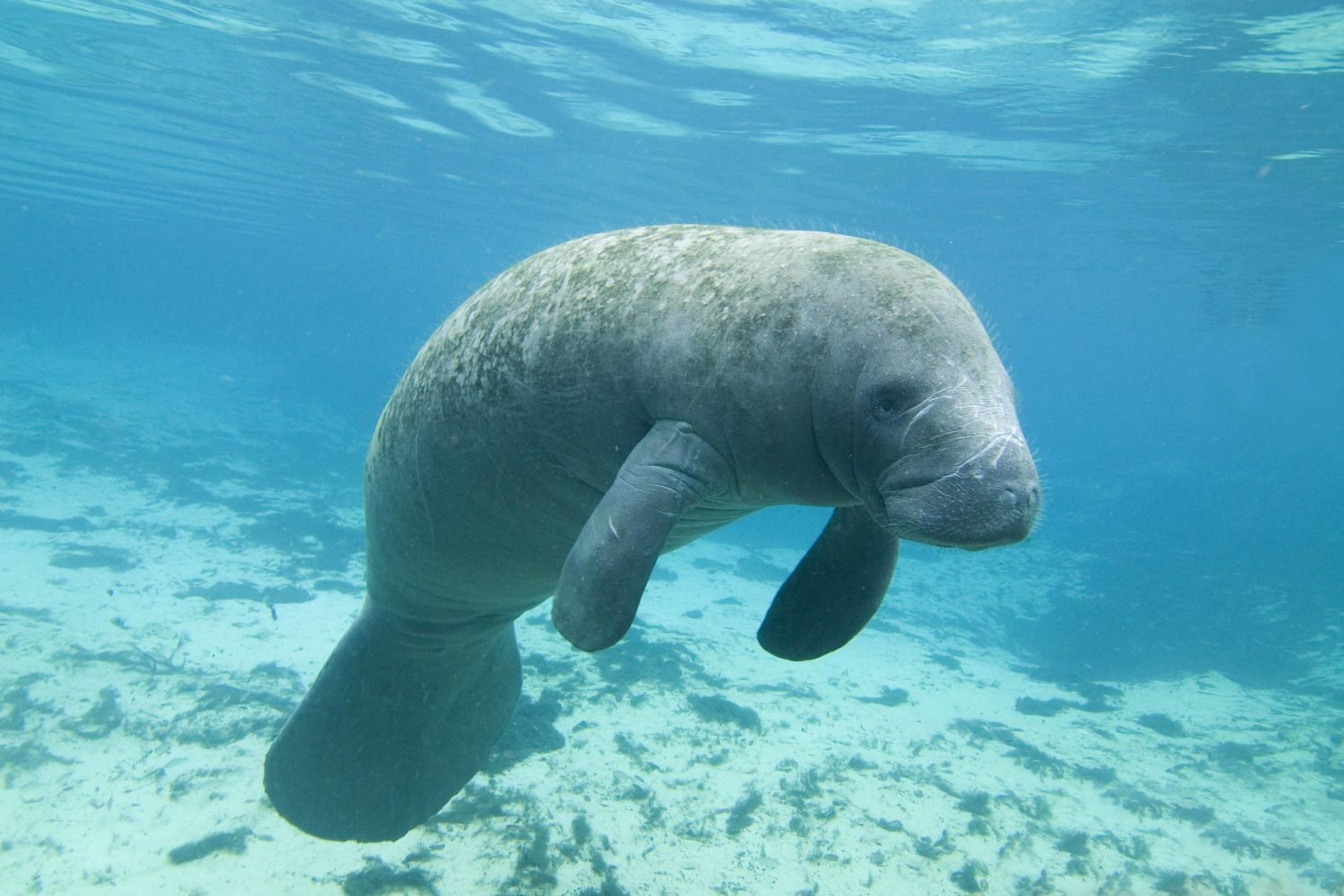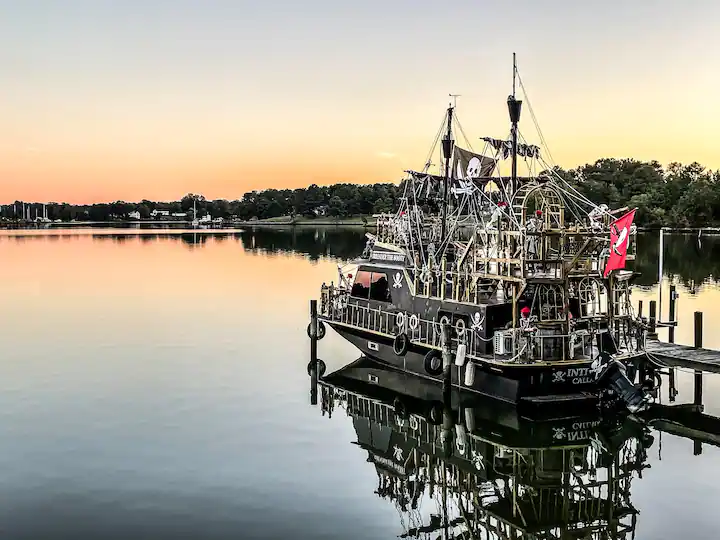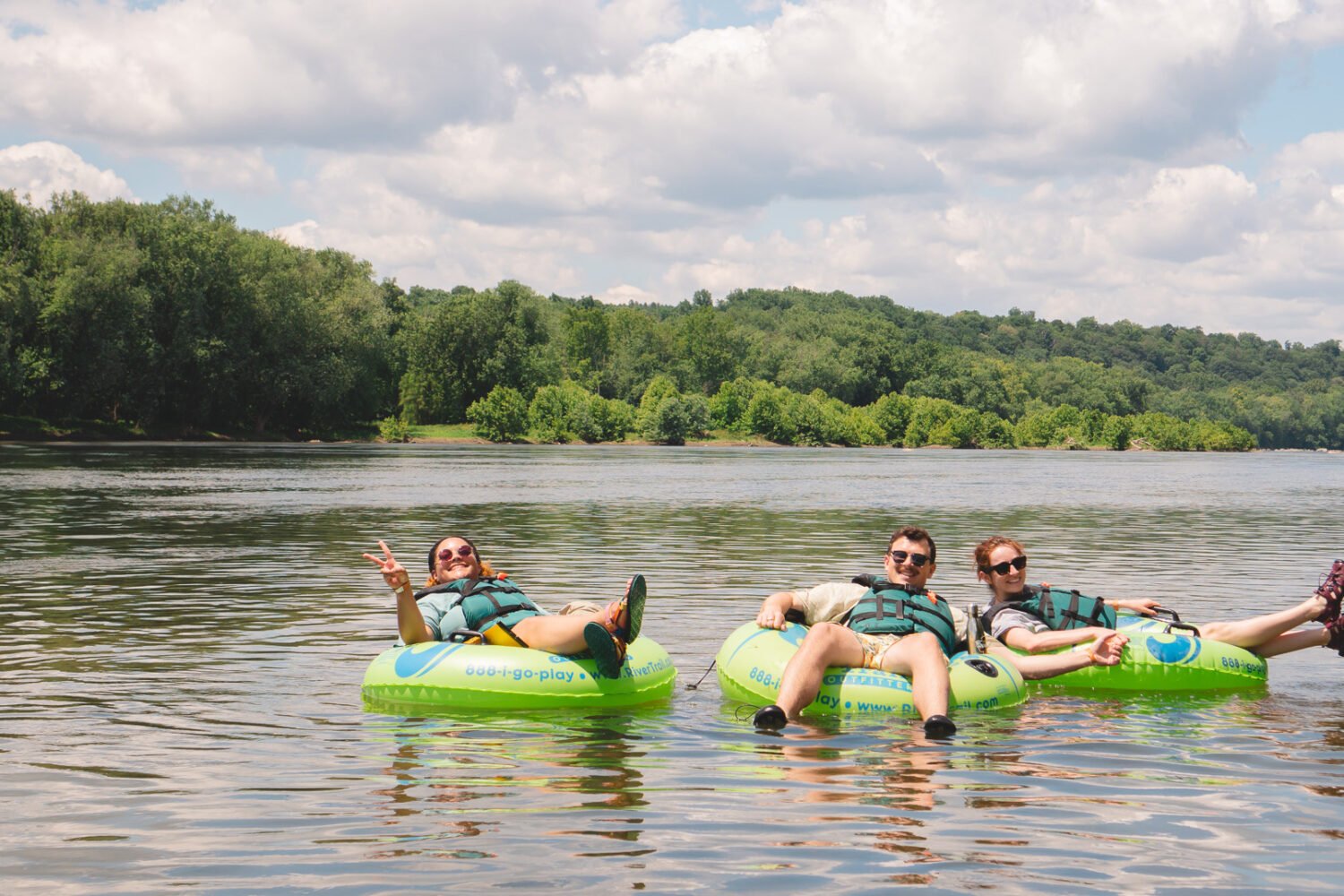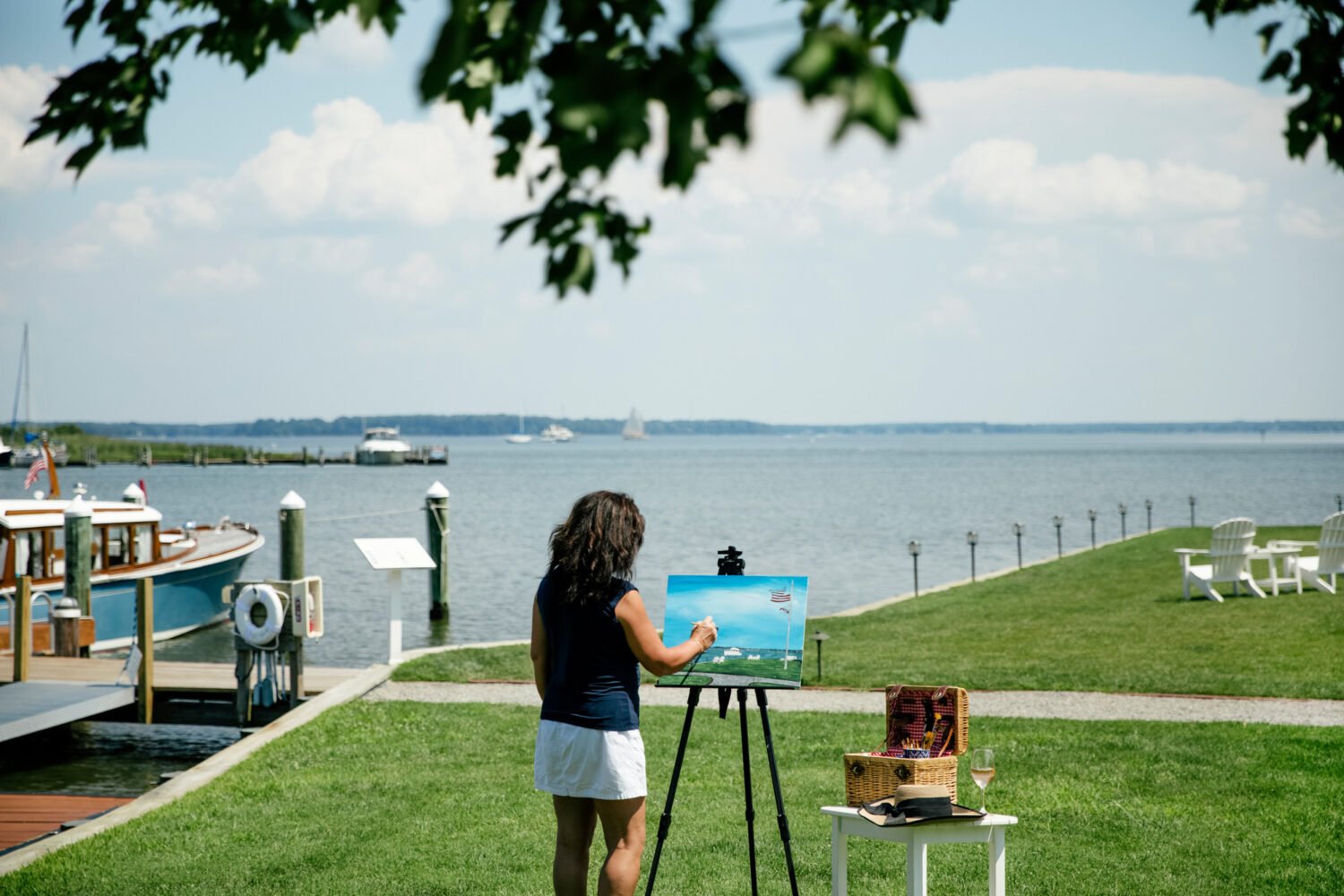All illustrations by Claire McCracken.

Chicken-necker (n.): A tourist or non-local. Derives from Eastern Shore day-trippers’ practice of using chicken necks to catch crabs.

Come-here (n.): A chicken-necker who moves to the shore.

From-here (n.): A native of the Eastern Shore.

Prog (v.): Old English term frequently heard on Smith Island, meaning to hunt for treasures—arrowheads, sea glass, old coins—at water’s edge.
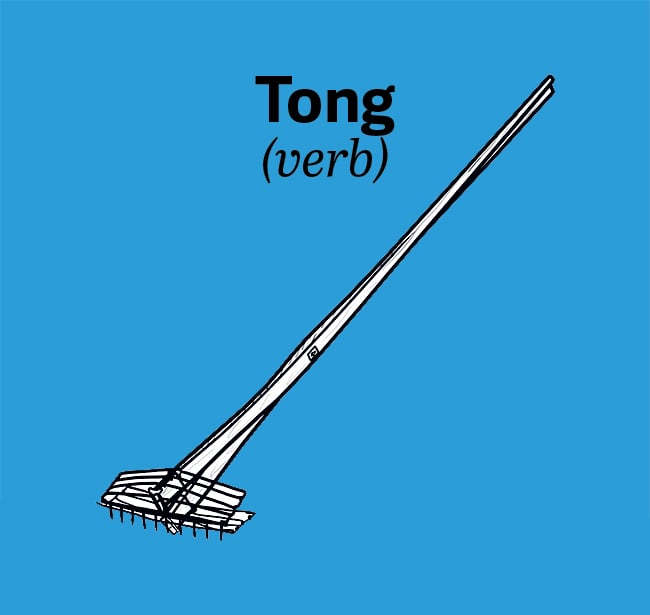
Tong (v.): To use twin, long-handled wooden rakes, joined at a hinge, to collect oysters. Once the primary means of harvesting oysters before dredging.
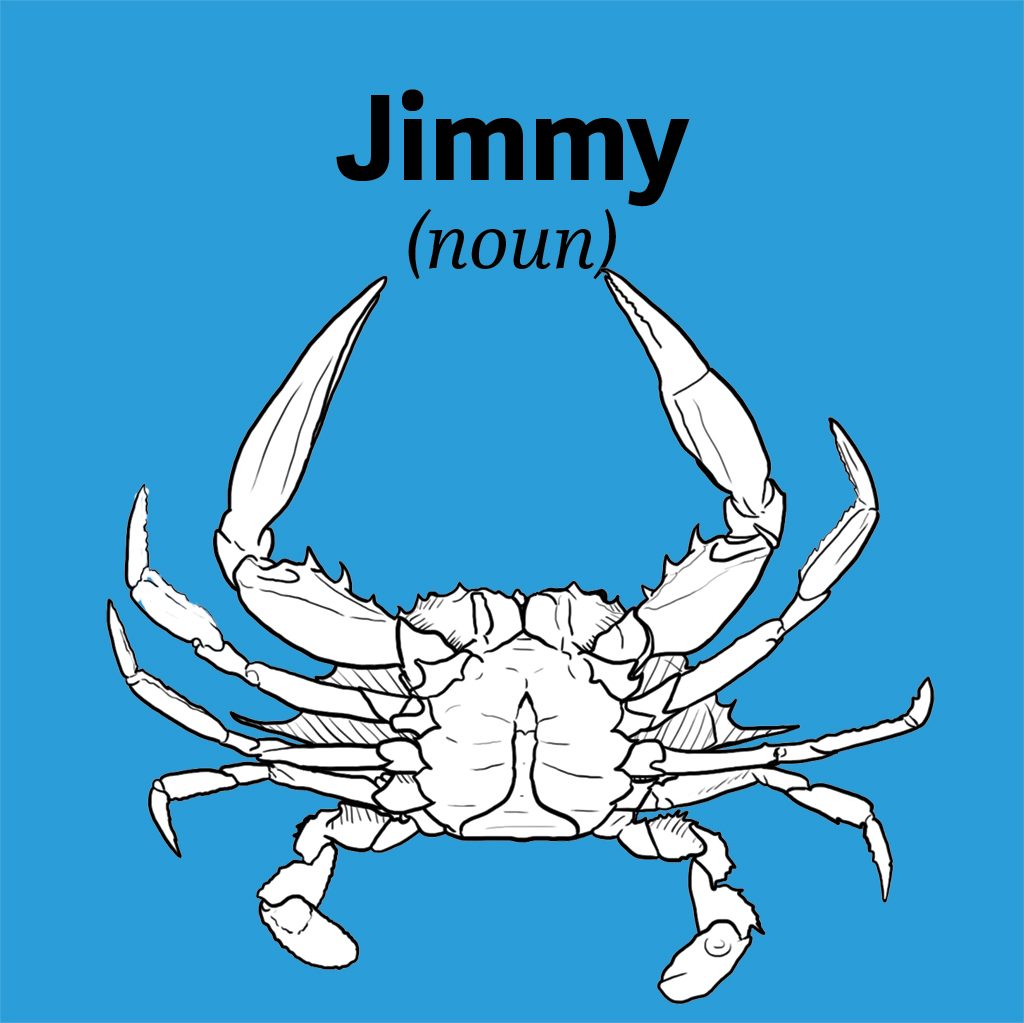
Jimmy (n.): An adult male crab, distinguished by a T-shaped apron along its underbelly.
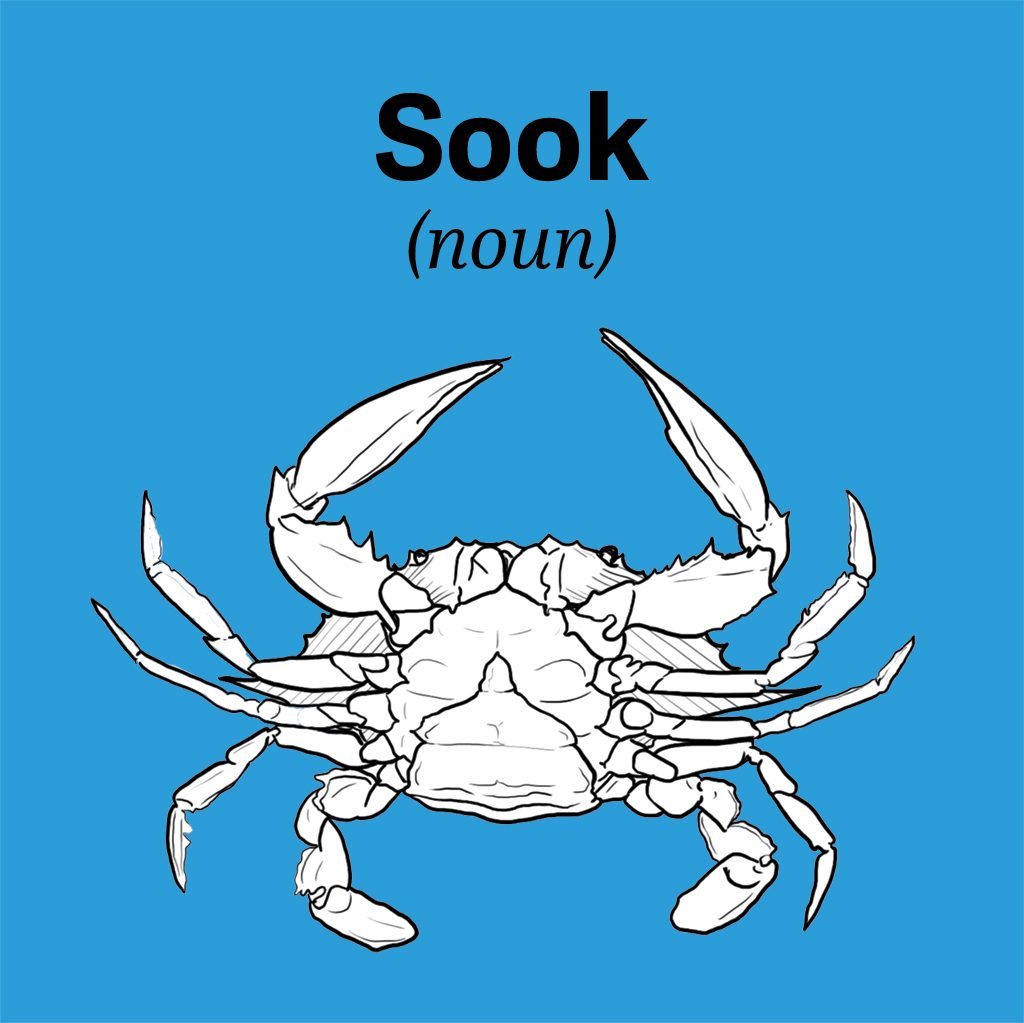
Sook (n.): An adult female crab, distinguished by a bell-shaped apron along its underbelly.

Peeler (n.): A crab just before it begins to molt.

Buster (n.): A crab in the process of molting, or busting out of its hard shell.

Arster (n.): A local delicacy great with cocktail sauce and a squeeze of lemon.
This article appears in our July issue of Washingtonian.





